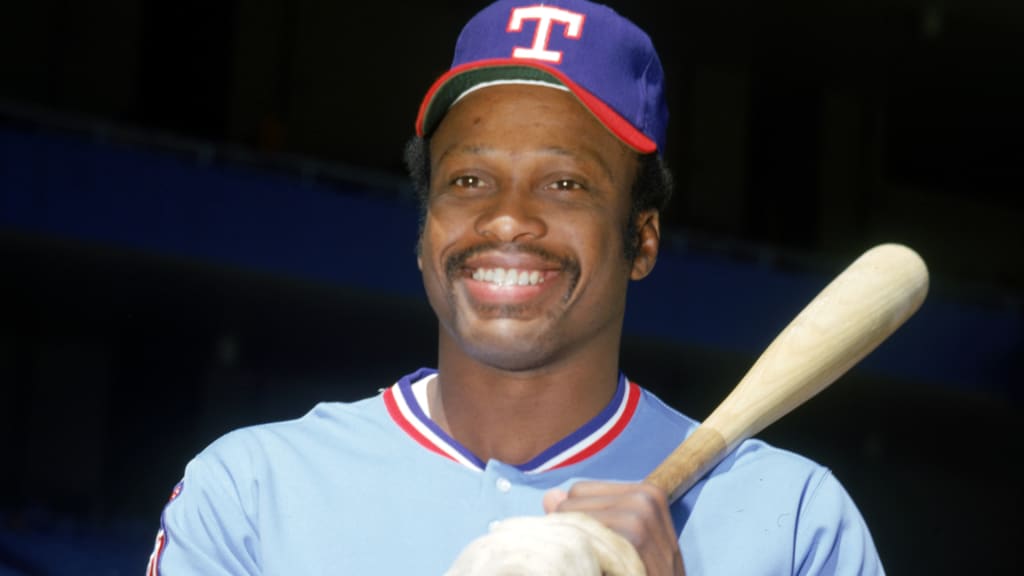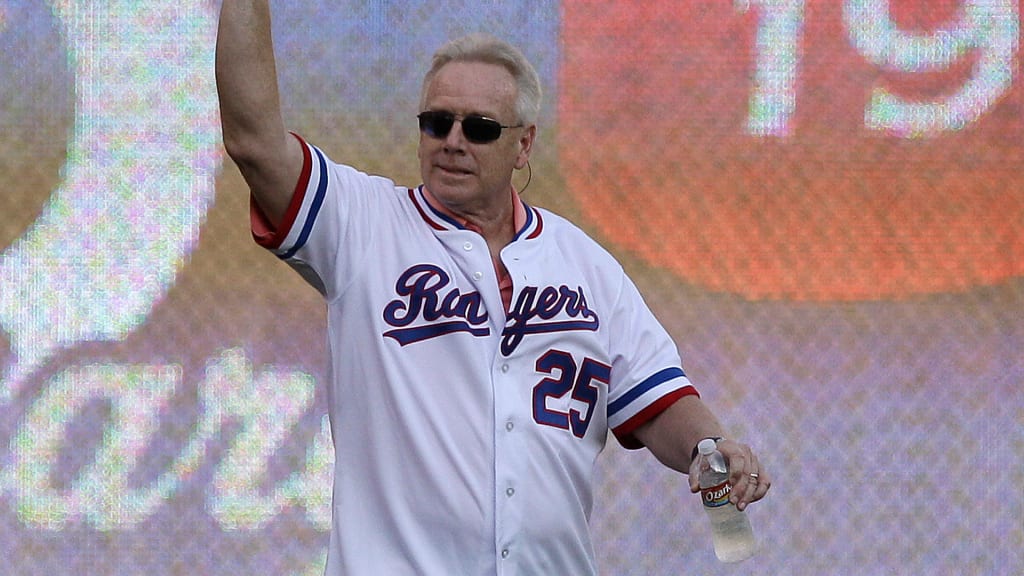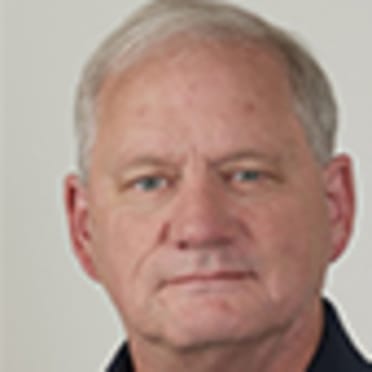ARLINGTON -- The Rangers' rebuilding program had stalled out in the winter of 1988. Texas had enjoyed a magical season in '86 when it went 87-75 under manager Bobby Valentine after going 62-99 in '85. The club had an exciting group of young players that included Ruben Sierra, Pete Incaviglia, Oddibe McDowell and Bobby Witt.
But that was followed by two losing seasons, and then-general manager Tom Grieve was ready to shake up his team. Grieve wanted more offense and a veteran starting pitcher, and he hit the jackpot at the 1988 Winter Meetings in Atlanta. It is not an understatement to say that week changed the franchise forever.
When evaluating the biggest Winter Meetings deals in Rangers history, everything starts with what happened at the Atlanta Marriott Peachtree in December 1988.
1) Gone with the wind
Grieve was active even before going to Atlanta. The Rangers had made a push for Yankees first baseman Don Mattingly and Red Sox third baseman Wade Boggs, but had come up short. They didn’t come up short in Atlanta that year.
Grieve pulled off two big trades for offensive players. Texas acquired Rafael Palmeiro from the Cubs, along with pitcher Jamie Moyer and reliever Drew Hall, for pitchers Mitch Williams, Steve Wilson and Paul Kilgus, infielder Curtis Wilkerson and two Minor Leaguers.
Then he sent first baseman Pete O’Brien, second baseman Jerry Browne and McDowell to the Indians for second baseman Julio Franco. Those were the two deals that turned the Rangers into an offensive powerhouse, a reputation they would carry right up to the closing of the Ballpark in Arlington.
But the biggest deal involved the starting pitcher: The Rangers signed Nolan Ryan, who was 41 and had become a free agent after the Astros asked him to take a pay cut. Ryan’s desire to stay in Texas helped the Rangers win the bidding war over the Angels and Giants.
Ryan expected to pitch one season with the Rangers and retire. He stayed five years and went into the Hall of Fame wearing a Rangers cap.
2) A-Rod comes to Texas
Alex Rodriguez’s free agency going into the 2000 was highly anticipated after six great years in Seattle, but the smart money going into the offseason was that he would end up with the Mets. They had just been to the World Series, losing to the Yankees in five games, and Rodriguez would help put them over the top.
But a strange thing happened, and the Mets fell out of contention early. Word out of New York was there had been a falling out between the club and Rodriguez and his agent, Scott Boras. Something about excessive marketing demands, although that was later vehemently denied by Rodriguez and Boras.
Texas made its interest known early in the process but was not taken seriously. The club was considered no match for high-visibility teams in larger markets.
Few understood the sheer determination of Texas billionaire Tom Hicks, who had bought the Rangers two years earlier. Texas had just finished in last place in the American League West in 2000 after consecutive division titles, and Hicks was determined to change that.
Hicks wanted Rodriguez badly, and the 2000 Winter Meetings were held in Dallas. Making a big splash in a hotel just minutes away from his home and office certainly added to the lure of the deal. Hicks went head-to-head with Boras and signed Rodriguez to a 10-year, $252 million contract that at the time was the largest ever for any player.
3) Brad Corbett’s blockbuster
Grieve was involved in another Winter Meetings blockbuster, this time as a bit part in an 11-player, four-team beauty. Rangers owner Brad Corbett orchestrated the deal with the Pirates, Mets and Braves from Honolulu, Hawaii, the site of the 1977 Meetings.
The Rangers shared pitchers Bert Blyleven, Tommy Boggs and Adrian Devine, and outfielders Eddie Miller, Ken Henderson and Grieve among the three teams. In return, they received outfielder Al Oliver and infielder Nelson Norman from the Pirates, and pitcher Jon Matlack from the Mets.

Corbett deserves high marks for Texas' end of the deal.
Losing Blyleven and gaining Matlack was a push. Both were excellent pitchers in the prime of their careers. Norman was an excellent shortstop prospect, although he never hit well enough to be an everyday player. But the other five players -- Grieve was in the twilight of his playing career -- were well worth giving up in exchange for Oliver.
4) Third-base swap
Exactly one year later, the Rangers pulled off a big trade, although not as complicated. This one was simple: Texas traded third baseman Toby Harrah to the Indians for Buddy Bell.
Bell was one year away from becoming a free agent. But Corbett talked to his agent before pulling off the trade and was confident of keeping Bell for longer than one year. That wound up being the case.

5) Groundwork for Darvish
The Rangers did not sign Yu Darvish at the 2011 Winter Meetings in Dallas. The big transaction from that meeting was that C.J. Wilson, Texas' two-time Pitcher of the Year, was traded to the Angels.
Instead during those Meetings, Texas decided go all-out for Darvish, who was being posted by the Hokkaido Nippon-Ham Fighters. The Rangers also decided they would bid $51.7 million for the rights to negotiate with Darvish. That was the winning bid, and Darvish ended up with the Rangers.
